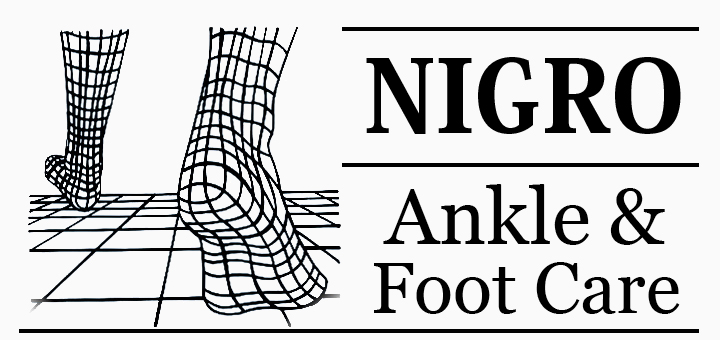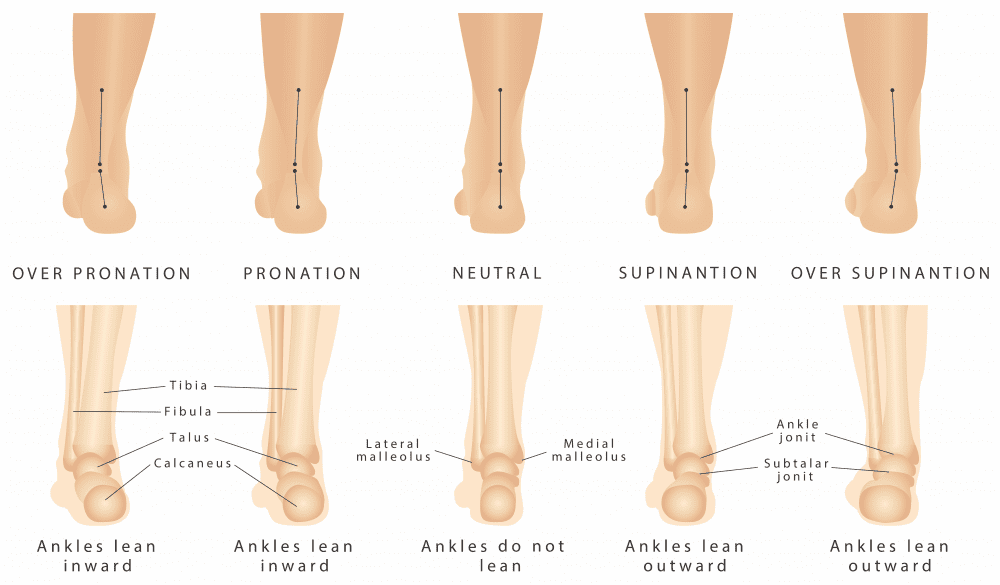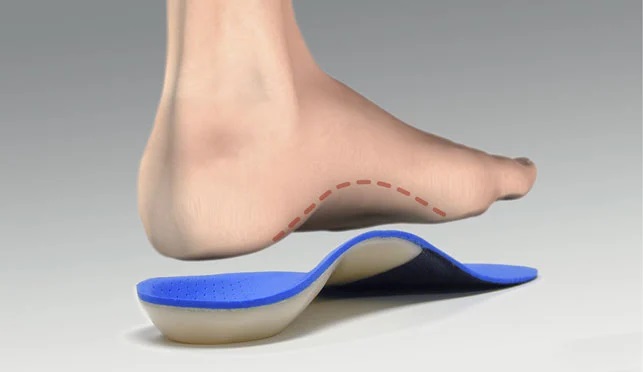Prescription Custom Orthotics: What Are They?
Custom orthotics provide cushioning and support as they redistribute the pressure your feet experience with everyday activities.
This is very helpful if you have arthritis or you stand for significant periods during a workday. Orthotics also help prevent pressure ulcers and other foot abnormalities related to diabetes.
[Source: American Podiatric Medical Association] Custom orthotics are specially made devices designed to support and comfort your feet. Prescription orthotics are crafted for you and no one else. They match the contours of your feet precisely and are designed for the way you move. Over-the-counter shoe inserts can add additional cushioning and support, but they’re not made to address your foot issues. Only a prescription orthotic can accommodate your unique foot structure. Podiatrists use orthotics to treat foot problems such as:
- Plantar fasciitis;
- Bursitis;
- Tendonitis;
- Diabetic foot ulcers; and
- Foot, ankle, and heel pain.
Fast Facts:
- Orthotics can be created to fit a variety of different footwear including high heels.
- Every step places 1.5 times your body weight of pressure on each foot.
- Plantar fasciitis is the most common type of heel pain that podiatrists treat.
- 58 percent of Americans say they’ve experienced heel pain due to ill-fitting shoes!
How Prescription Custom Orthotics Differ From Shoe Inserts
Shoe inserts may come in a variety of shapes and sizes, but they’re not custom-designed for your feet. Orthotics are only manufactured after a podiatrist has conducted a complete evaluation of your feet and ankles. A podiatrist will examine your feet and how you walk; he or she will carefully listen to your complaints and concerns and assess the movement and function of your lower extremities. Some also use advanced technology to see how your feet function when walking or running.
The information gathered during the exam will help your podiatrist determine if shoe inserts might be helpful or if you need prescription orthotics. If orthotics are needed, your podiatrist will capture a three-dimensional image of each of your feet. That image, as well as any measurements obtained by your podiatrist, is used to create a set of unique foot supports that will improve your foot movement and lead to more comfort and mobility.
Prescription orthotics are divided into two categories:
- Functional orthotics are designed to control abnormal motion. They may be used to treat foot pain caused by abnormal motion; they can also be used to treat injuries such as shin splints or tendonitis. Functional orthotics are usually crafted of a semi-rigid material such as plastic or graphite.
- Accommodative orthotics are softer and meant to provide additional cushioning and support. They can be used to treat diabetic foot ulcers, painful calluses on the bottom of the foot, and other uncomfortable conditions.
More about the: American Podiatric Medical Association (APMA)
Founded in 1912, the American Podiatric Medical Association is the nation’s leading and recognized professional organization for doctors of podiatric medicine (DPMs). DPMs are podiatric physicians and surgeons, also known as podiatrists, qualified by their education, training, and experience to diagnose and treat conditions affecting the foot, ankle, and structures of the leg.
The medical education and training of a DPM includes four years of undergraduate education, four years of graduate education at an accredited podiatric medical college, and two or three years of hospital residency training. APMA has 53 state component locations across the United States and its territories, with a membership of more than 12,000 podiatrists. All practicing APMA members are licensed by the state in which they practice podiatric medicine.




